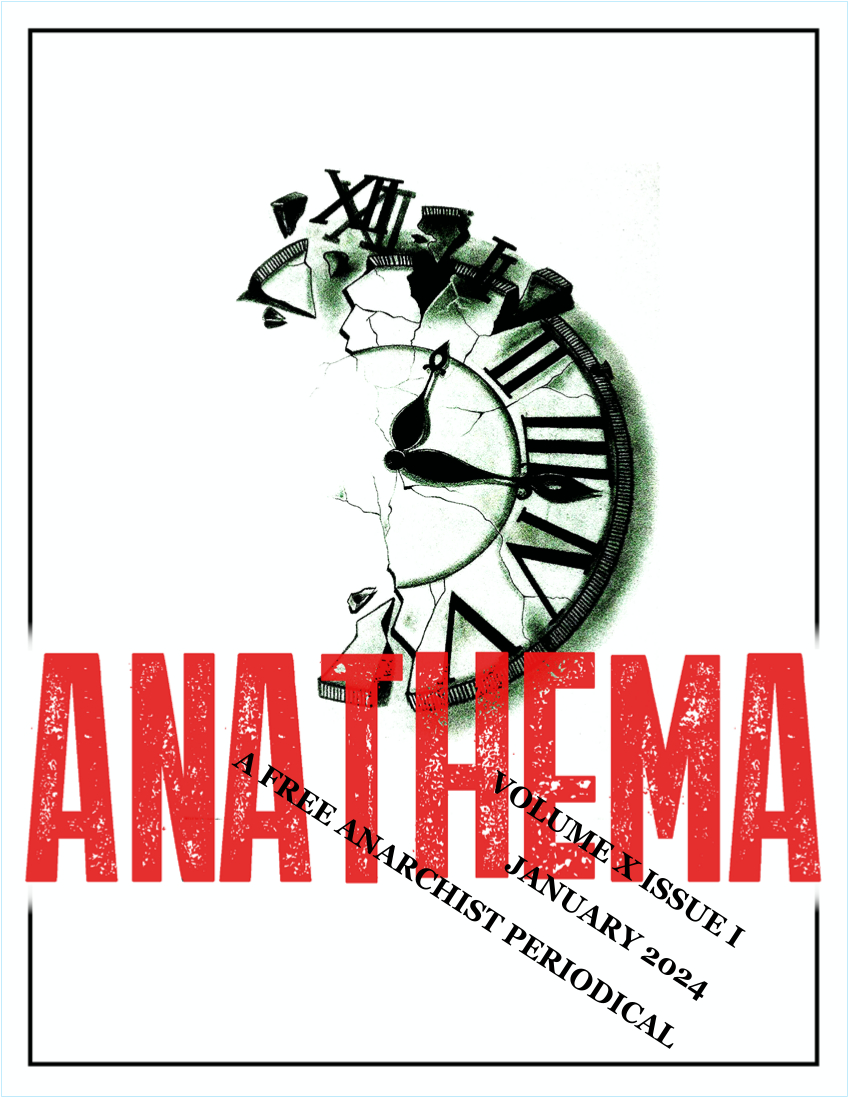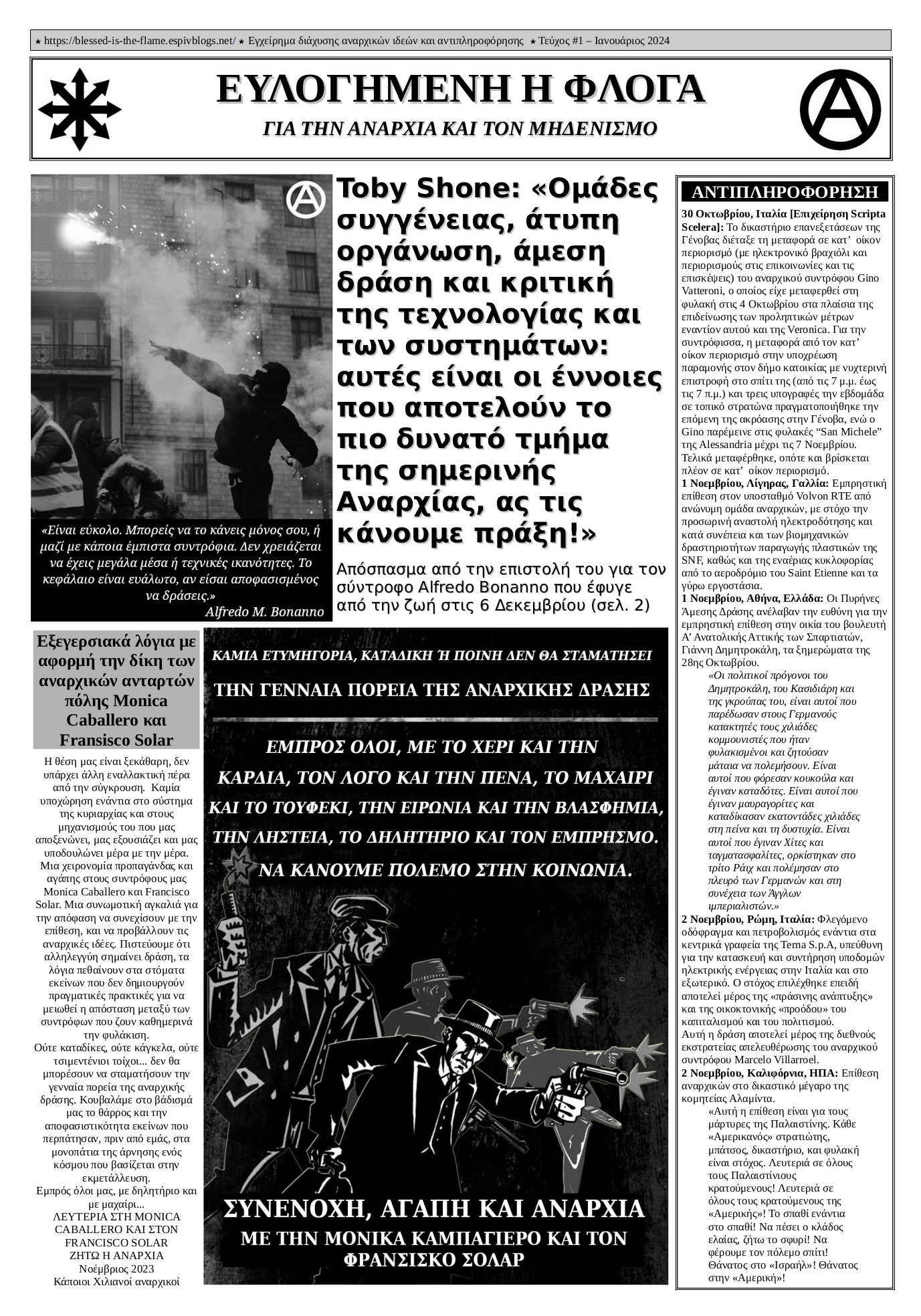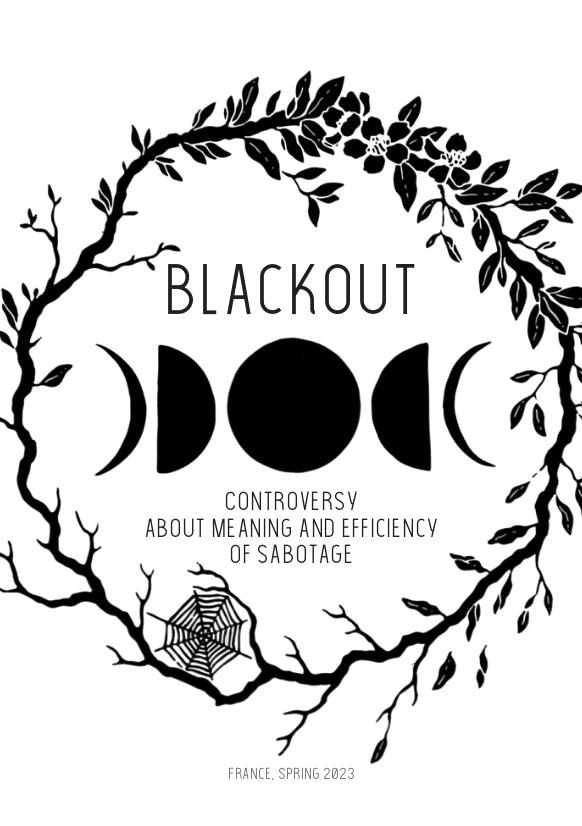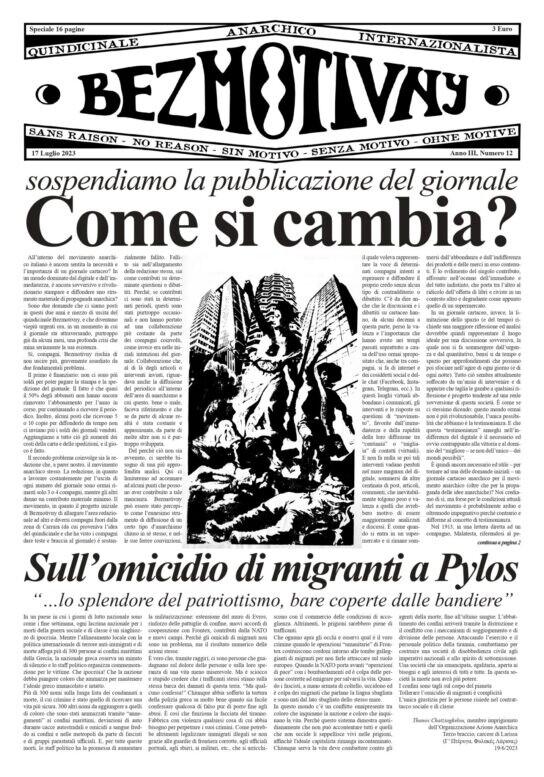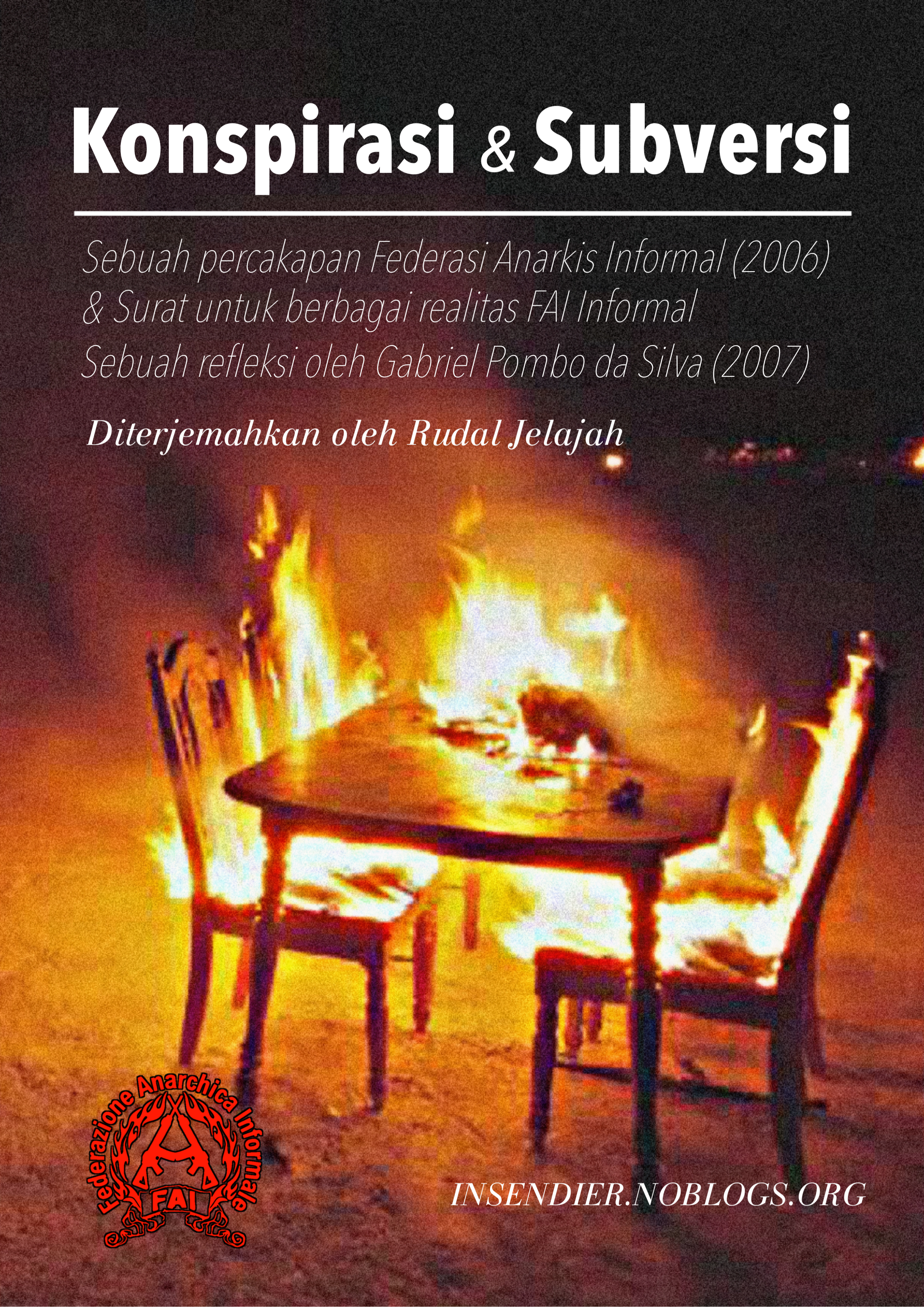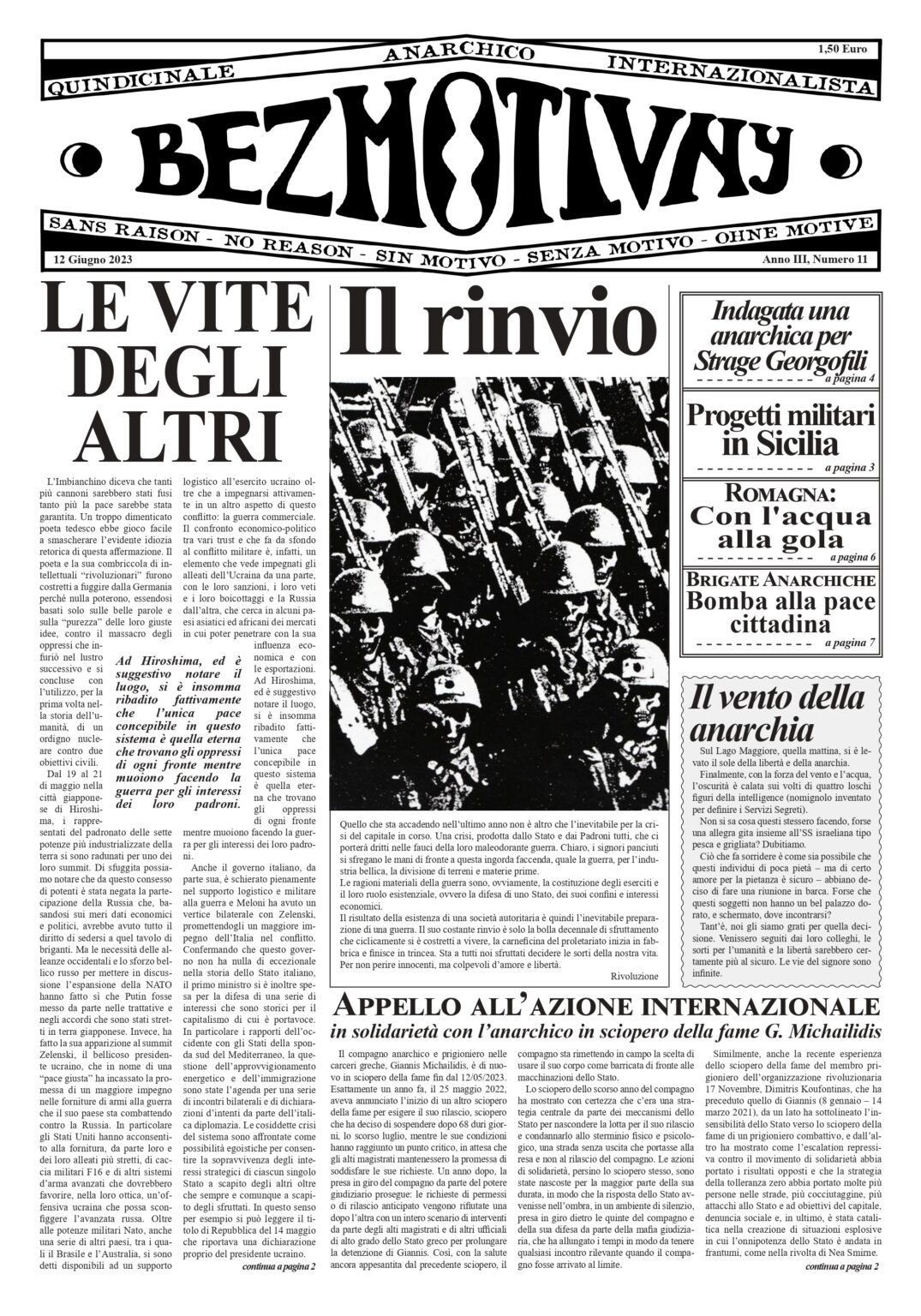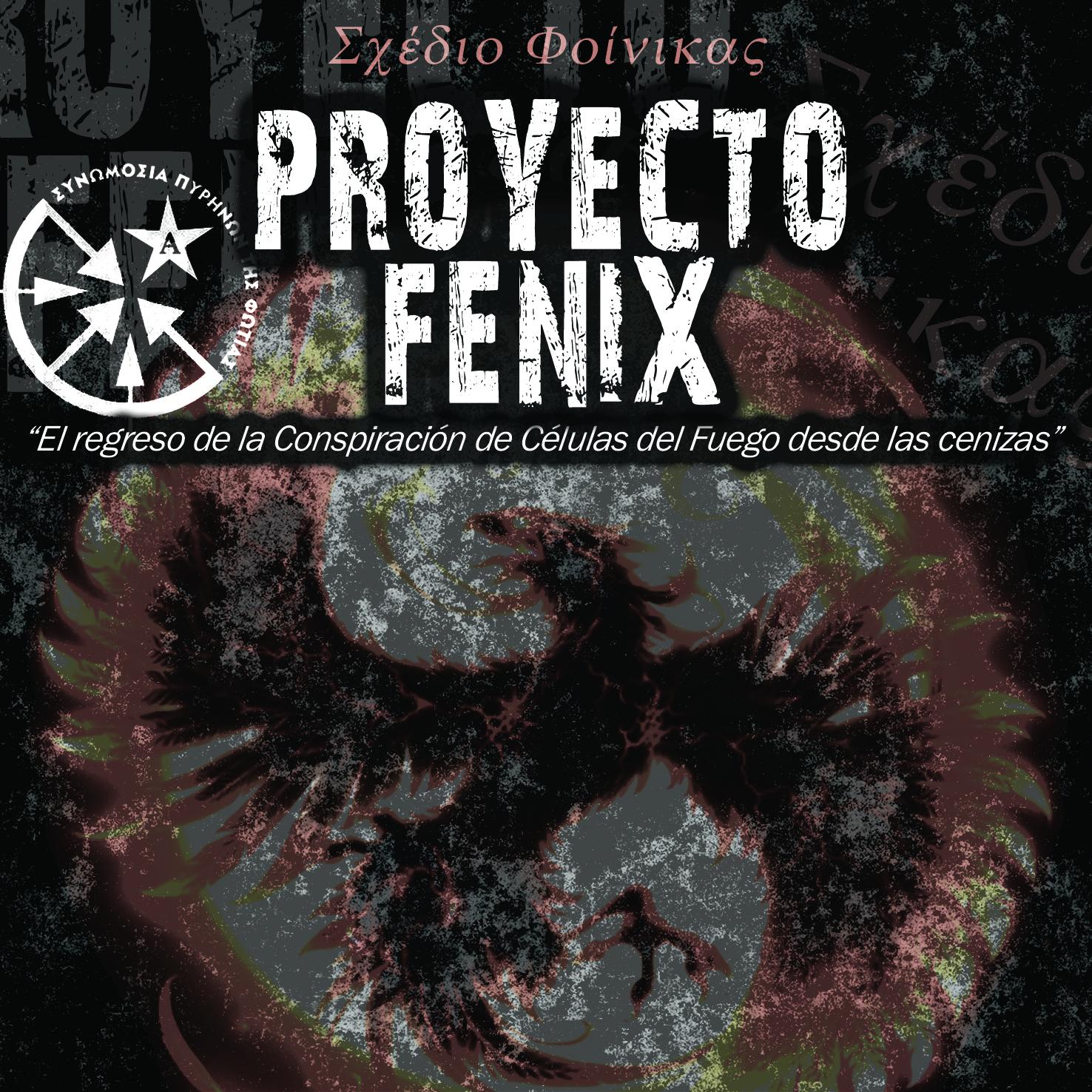
Extraído desde otras páginas de contrainformación. El video en griego fue publicado en el año 2013 y traducido a diferentes idiomas en los años posteriores. Recordar que actualmente todxs los miembrxs de la Conspiración de Células del Fuego se encuentran en la calle, los compañeros Alfredo Cospito y Nicola Gai permanecen encarcelados en Italia y nueamente condenados por atentados explosivos de hace varios años atrás.
Puedes leer más acerca del juicio por Proyecto Fénix en Publicación Refractario.
PROYECTO FÉNIX (traducido al español, 2015)
El “Proyecto Fénix” nace como un gesto solidario dedicado a Alfredo Cospito y Nicola Gai, del “Núcleo Olga FAI/FRI” que asumió la responsabilidad del ataque armado contra Roberto Adinolfi, empresario nuclear de “Ansaldo Nucleare”, y además como una iniciativa internacional de ataque, comenzando en Grecia con la colocación de un artefacto explosivo contra la Directora de la Prisión de Korydallos.
La expansión de las acciones enmarcadas dentro del proyecto se desarrolla a lo largo y ancho de distintos territorios donde la práctica insurreccional pasa de la teoría a la acción, en absoluta consecuencia con las palabras de quienes se declaran en Guerra contra toda Autoridad y el Poder. A su vez, es un incandescente foco revolucionario que insta al diálogo y al debate entre distintos individuxs organizadxs de manera informal y difusa que dan forma al ataque permanente y minoritario.
La práctica del internacionalismo anárquico es uno de los cimientos del proyecto, es el momento donde el ataque autónomo encuentra un campo en común que une, nutre y potencia distintas realidades y tensiones, apuntando y calibrando en su alma la persiste confrontación contra lo existente.
Cada instancia de sabotaje y acción insurrecta coordinada en el Proyecto Fénix, significa asumir una proyección de lucha y combate que desafía sin tregua ni misericordia la paz del orden ciudadano, haciendo entender que cada sitio es un punto de conflicto, y que la expansión del ataque solo depende de nuestras capacidades y voluntades.
En ésta versión del video agregamos el resto de acciones desde el Noveno Acto (México) hasta el Catorceavo Acto (Reino Unido), que siguieron dando forma y pulso al proyecto durante el 2014. Durante el año 2015 se han realizado tres acciones enmarcadas dentro de esta iniciativa internacional de ataque, en Grecia el grupo “Anarquía Combativa FAI/FRI” reivindica un ataque incendiario contra oficinas de Microsoft, en República Checa la “Célula Poesía del Fuego FAI/FRI” asume la responsabilidad de un ataque incendiario contra un vehículo policial e inician la campaña “Vamos a destruir la represión”, mientras que en Chile un artefacto incendiario es activado en una sede de explotación animal y es reivindicado por la “Célula Anarquista de Ataque Incendiario “Fuego y Conciencia” FAI/FRI”.
Durante las últimas detenciones en Grecia, la policía vincula a Christos Rodopoulos con el paquete bomba enviado a Dimitris Mokkas, fiscal encargado del caso Conspiración de Células del Fuego, y continúa la investigación y el proceso contra los compañeros Spyros Mandylas y Andreas Tsavdaridis, que fueron detenidos y acusados de participar en el envío del paquete bomba contra Dimitris Xorianopoulos. Ambas acciones enmarcadas dentro del proyecto, acto seis y cuatro respectivamente.
Enviamos nuestra absoluta complicidad y hermandad con lxs compañerxs de la Conspiración de Células del Fuego en Grecia, saludamos la victoria de su huelga de hambre, y la permanente actitud de confrontación frente al carcelero, sin ceder ni un centímetro ni doblegándose ante la Autoridad. A la compañera Anggeliki Spyropoulou, que pese a las avanzadas represivas se mantiene digna y de frente al enemigo.
LA HISTORIA DEL FÉNIX CONTINÚA ESCRIBIÉNDOSE…
NINGUNA TREGUA NI RETROCESO!!!
ADELANTE, SIEMPRE EN PIE DE GUERRA!!!
NADA HA ACABADO, TODO CONTINÚA
DN Note: Unfortunatly the English translation of the Project Phoenix video has dissapeared from the Internet. We would appreciate any copies that anyone may have to be sent to us or to communicate with us if anyone is willing to translate the subs, even create a new English version.
